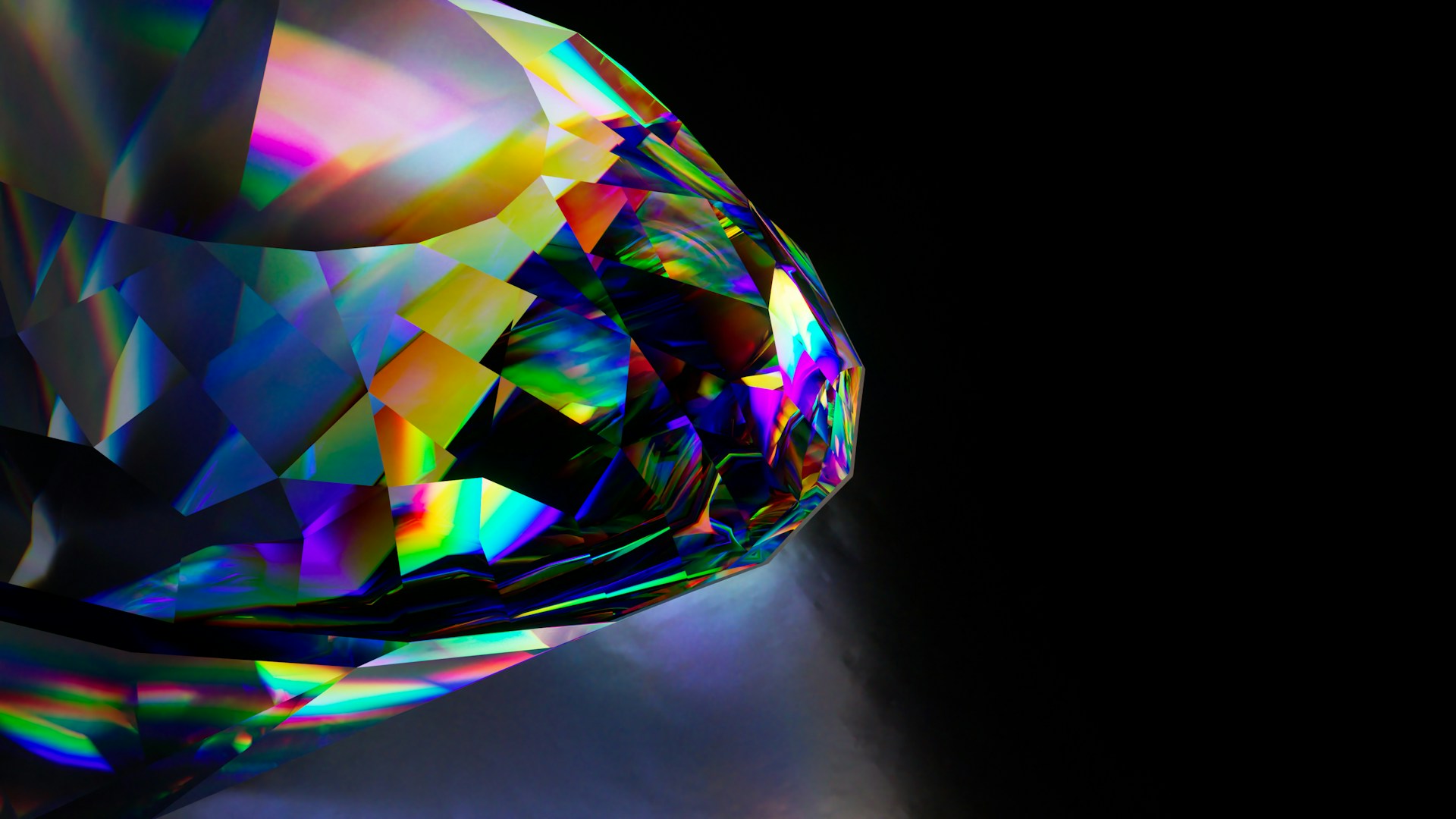The Rise of Lab Grown Diamonds: A Sustainable Sparkle
Over the past years, we have seen a significant shift in the diamond industry, propelled mainly by technological progress and rising consumer demand. We are introducing lab grown diamonds—artificial carbon choices grown using methodologies that duplicate the diamond formation process in a controlled setting. Their grown alternative is sustainable, prompting questions of authenticity, ethics, and the fate of diamond jewellery.
What Are Lab Grown Diamonds?
Lab grown diamonds are natural scientifically; they have the same physical, chemical, and optical properties as those occurring naturally in the Earth’s mantle. The primary sources of artificial diamonds are High Pressure High Temperature (HPHT) and Chemical Vapor Deposition (CVD).
High-Pressure High Temperature (HPHT)
The HPHT process resembles the usual conditions at which precious stones are shaped. The procedure involves subjecting carbon to high pressure and temperatures like those deep within the Earth. A diamond seed is placed in a chamber with carbon material, and as the temperature and pressure increase, the carbon condenses around the seed, creating a diamond.
Chemical Vapour Deposition (CVD)
CVD, in contrast, is a new method. It comprises a seed diamond in a chamber full of gas like methane, which has plenty of carbon ions. Those gas atoms are then ionised into plasma, freeing their carbon to bond with a repelling seed and gradually, layer by layer, growing the diamond. This affords better control over the diamond’s properties—like its colour and clarity.
The Ethical Edge
One of the most significant selling points for a laboratory-grown diamond is its ethical appeal. Large-scale diamond mining contributes to severe environmental devastation and human rights abuses, which have also been called “blood diamonds” due to the numerous conflicts. On the other hand, lab grown diamonds are made in monitored conditions and similarly have a minor impact on nature. They offer the peace of mind that no child labour or unethical practices have been used.
This ensures that if they opt for lab-created diamonds, the purchase is not fuelling exploitation or environmental malpractice. This moral high ground chimes well with a millennial generation that is becoming more inclined to shop on sustainability, environmental, and corporate social responsibility values.
The Cost Factor
Typically, lab diamonds are about 20% to 40% less expensive than mined diamonds of the same quality. Lab grown diamonds are more affordable than mined diamonds; first and foremost, creating them in a laboratory is much less expensive than mining them. Lab grown diamonds are an excellent alternative for couples seeking a gorgeous, high-quality engagement ring that is also budget-friendly.
Additionally, the lower price allows for bigger or higher-quality stones that might have been out of reach at a higher price point. Gold, which is most often recycled from electronic scrap, has become the go-to choice in America for engagement rings after topping platinum’s 2007 sustainably and dear asteroid offering cost. Reusing a synthetic diamond can upcycle those of lesser quality or give buyers more size for their dollar (or pound).
The Aesthetic Appeal
To the naked eye, lab grown diamonds are indistinguishable from natural ones. They have the same fire and brightness that make conventional diamonds so coveted. Today, many jewellers sell lab grown stones alongside their mined counterparts, so even gemologists can only tell the difference with laboratory tools.
Lab grown diamonds come in various colours and qualities for consumers to choose from. Some labs even create “fantasy coloured diamonds”—colours seldom found in nature—enabling purchasers to custom design their jewellery as never before.
The Market Response
Over the past few years, there has been a significant uptick in acceptance and awareness of lab grown diamonds. Based on recent estimations, the global market for lab grown diamonds will gain considerable traction in the forthcoming years. Now, large jewellery retailers are getting behind the trend and have begun to offer lab grown diamonds of their own.
Sustainability and ethical sourcing marketing campaigns have resonated with consumers. Given the recent impact of mining on our environment and ethics, more people are looking towards lab grown diamonds as their preferred way to select responsibly.
Challenges Ahead
Although they are growing in popularity, lab grown diamonds still have obstacles. Consumers remain wary, many tying the value of a diamond to its origin in nature. The manufacture of lab grown diamonds continues to be perceived as less authentic, so it is important that the industry educates consumers more on why these alternatives are a good option.
The old diamond mining companies can slow down the popularity of lab grown diamonds, which will inconveniently damage their market share. Despite this, as the conversation on ethical consumption rages on, it is feasible that a portion of the market will adapt to include both tender types.
Conclusion
Lab grown diamonds present a transformative opportunity for the diamond industry, providing one of the most sustainable and ethical options against traditionally mined diamonds. Due to their lower price points and beauty, as well as the fact that they are more sustainable, lab grown diamonds are a natural evolution for fine jewellery. This will likely increase the popularity of lab grown diamonds as consumers learn more about issues associated with traditional mining.
The diamond market is changing, and it is most productive that consumers educate themselves about lab grown diamonds, stating their needs and values in life.

